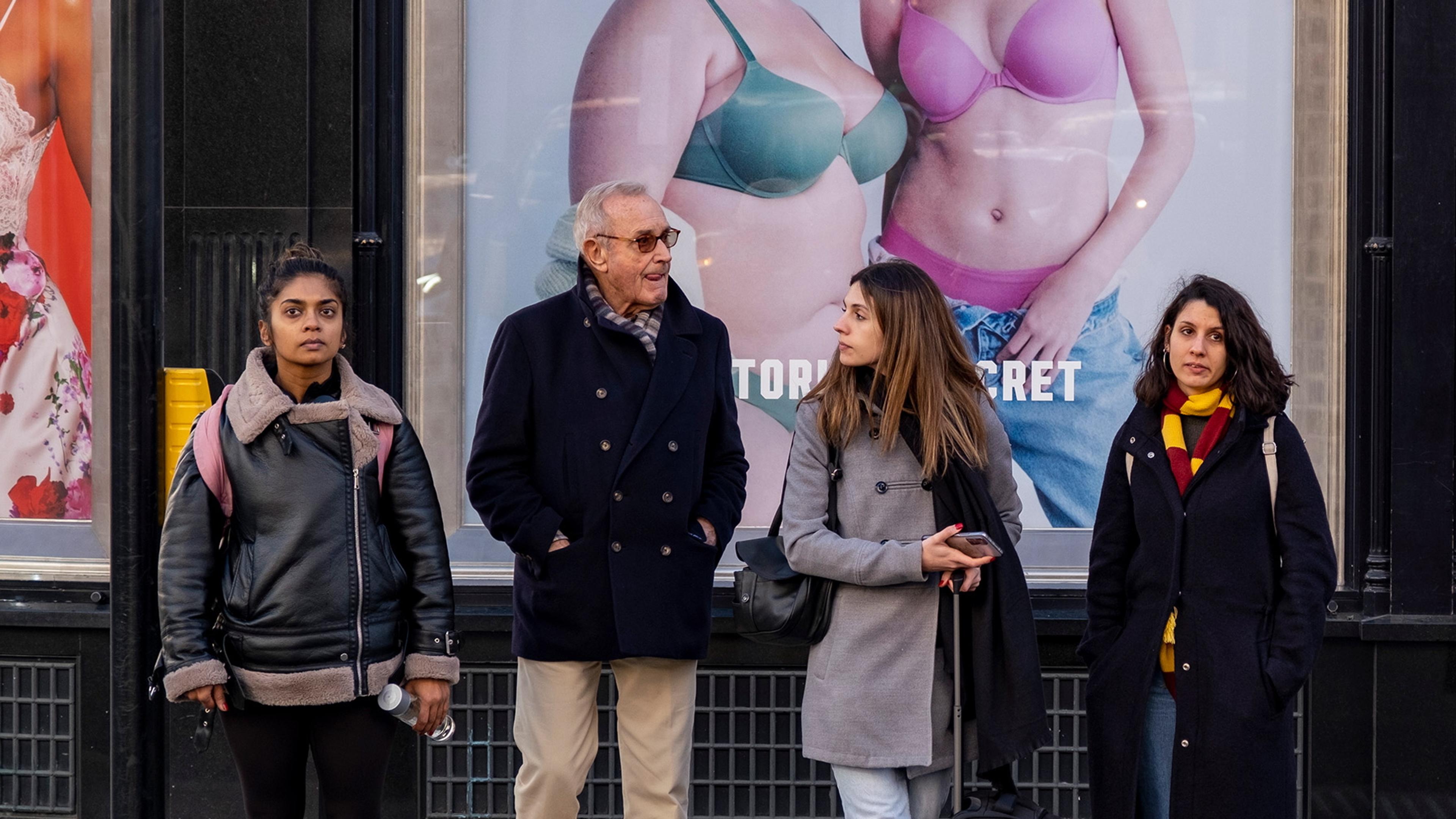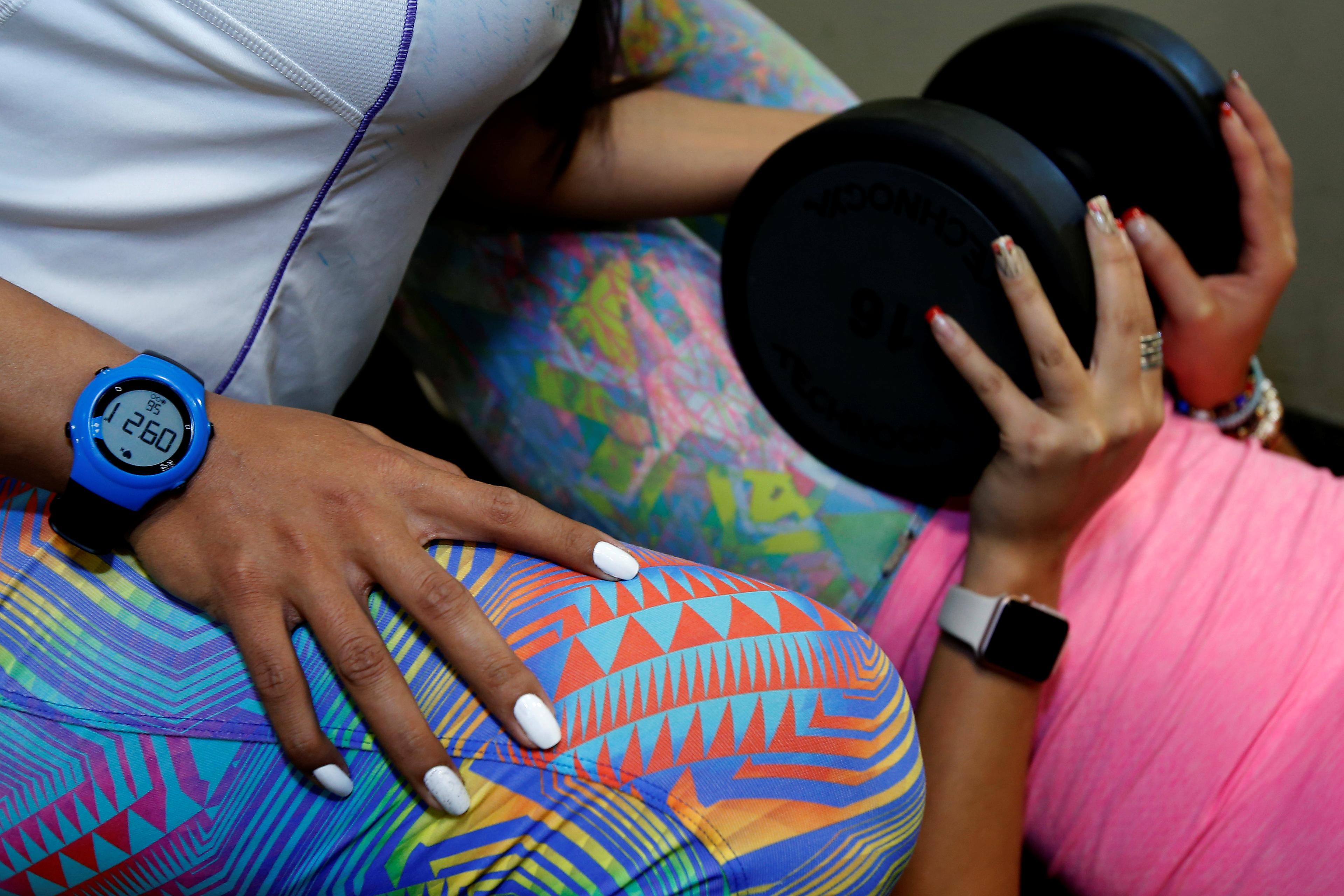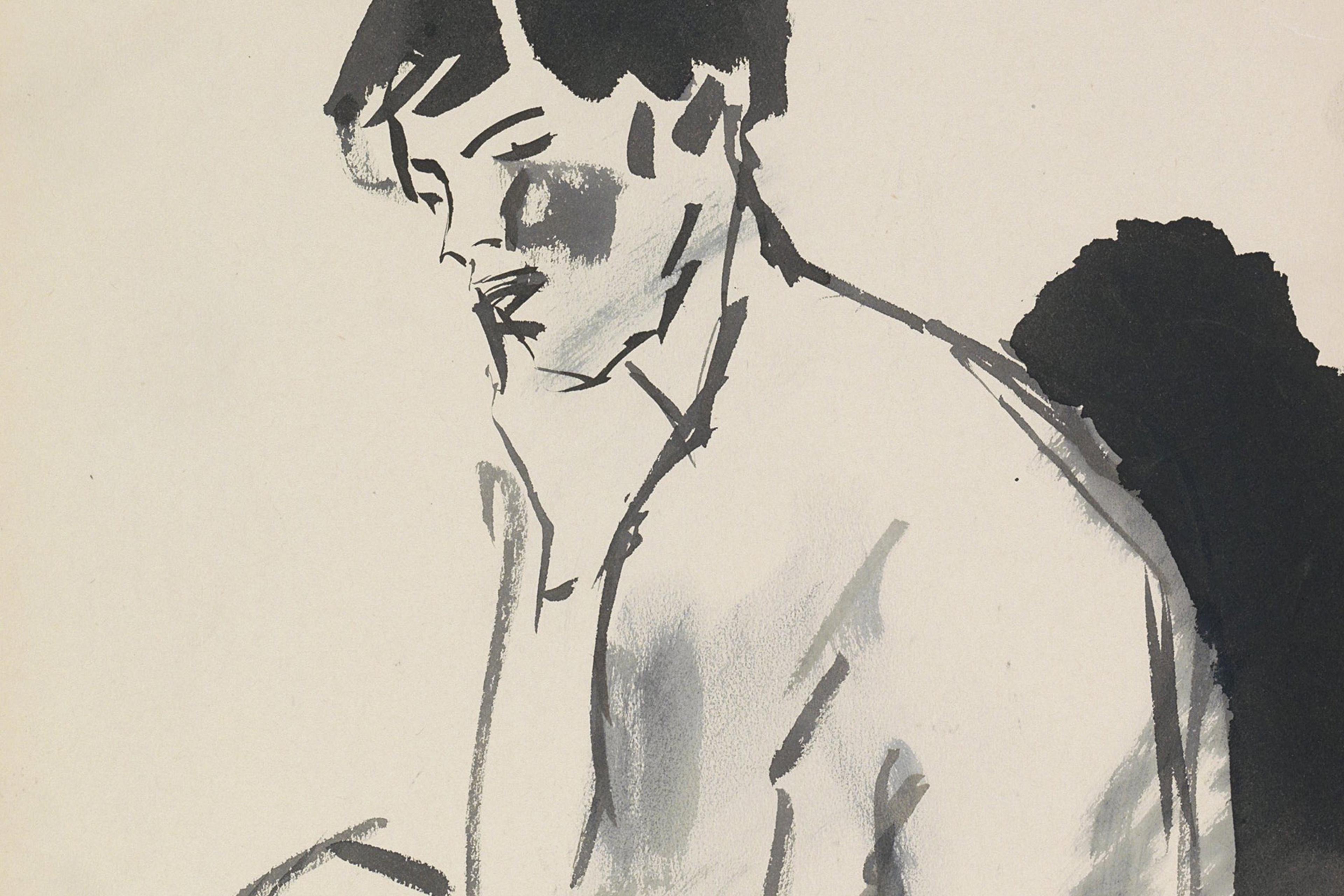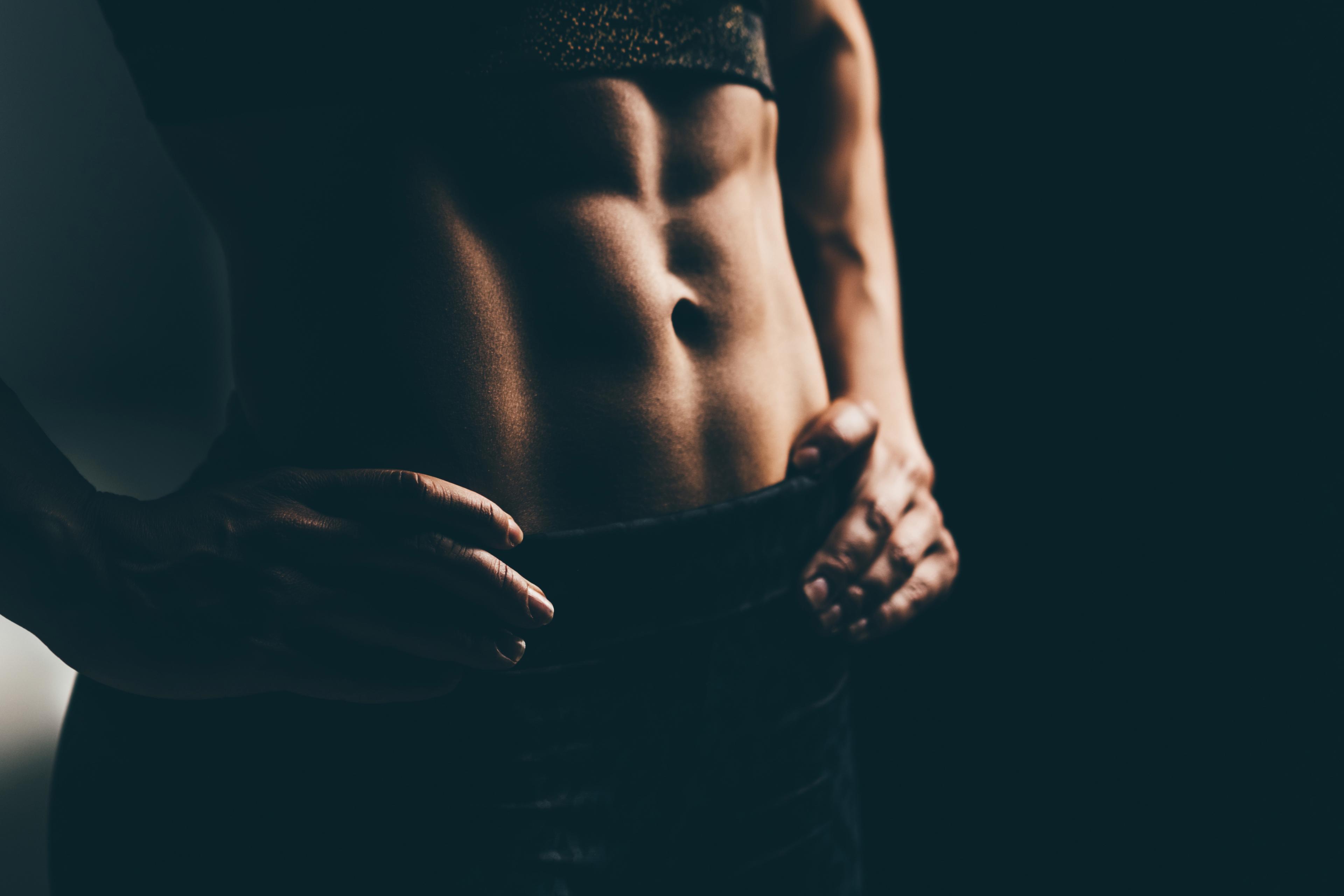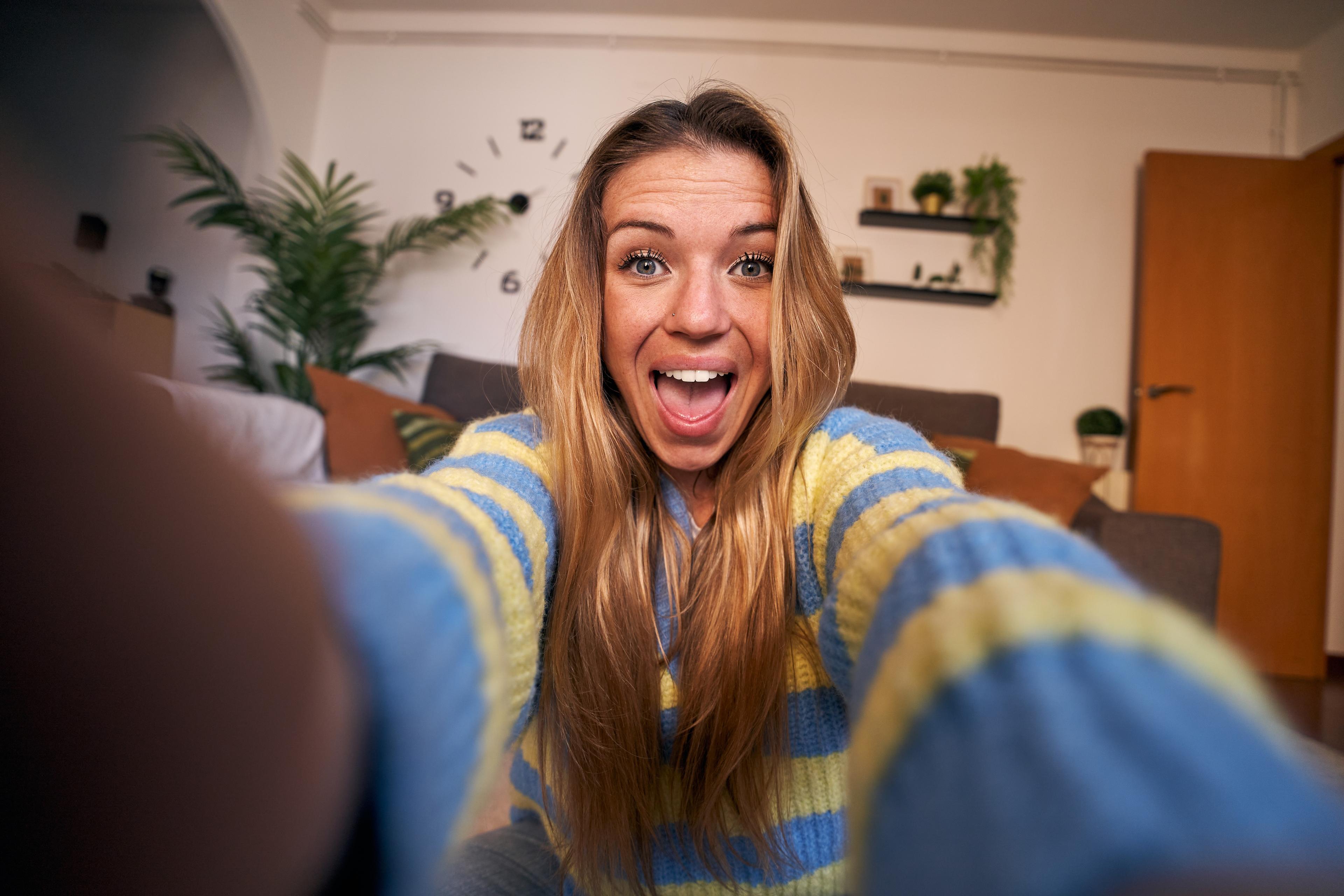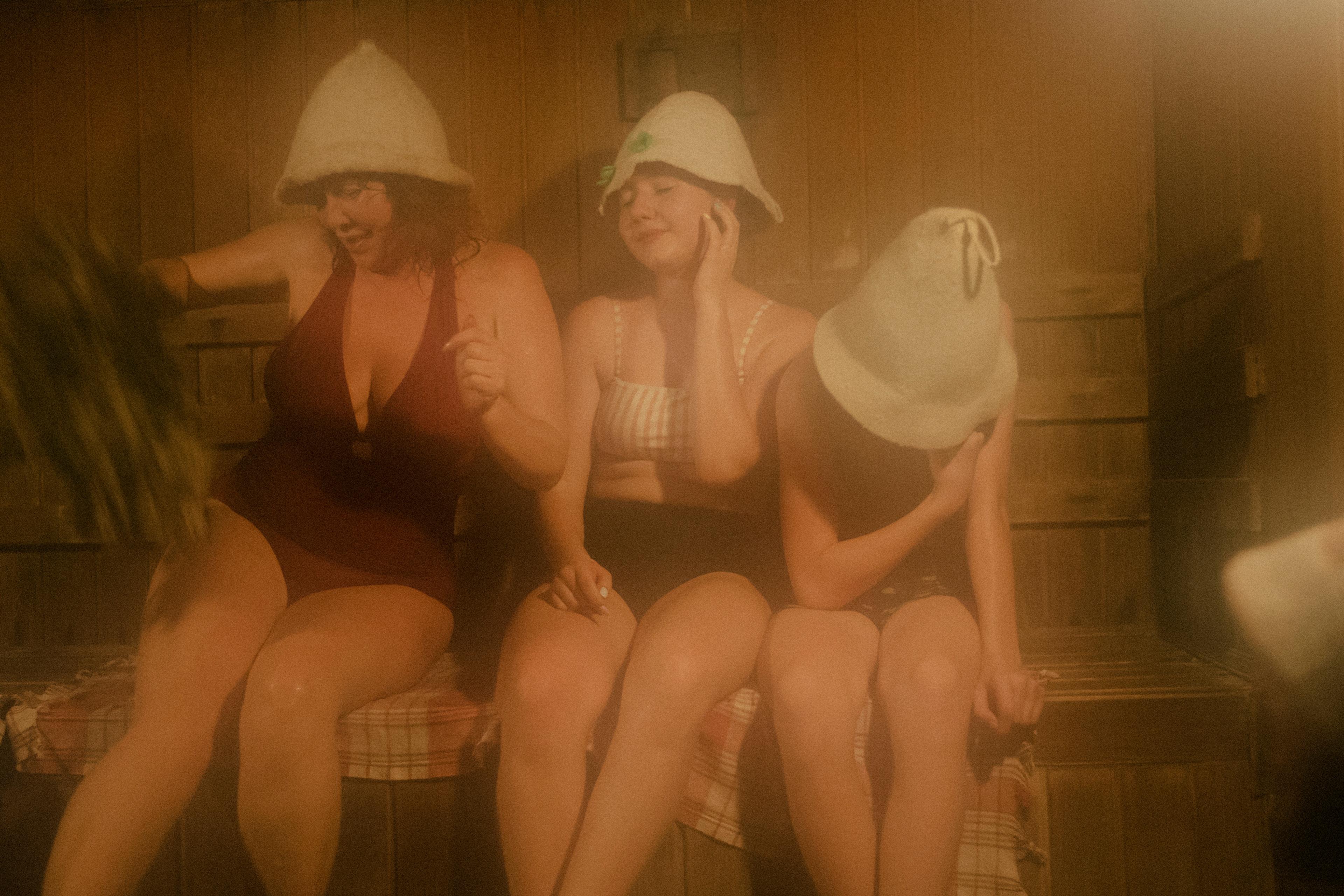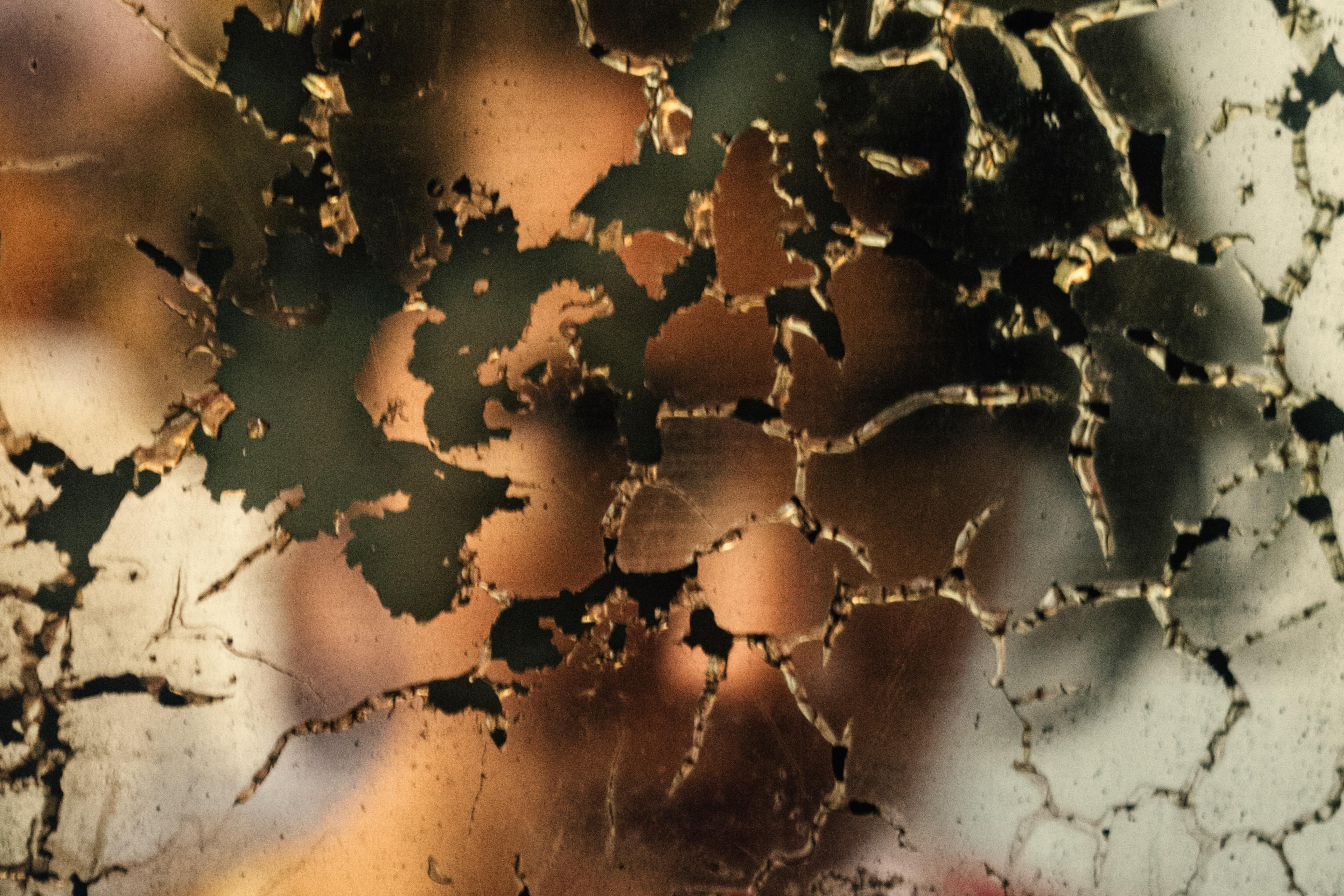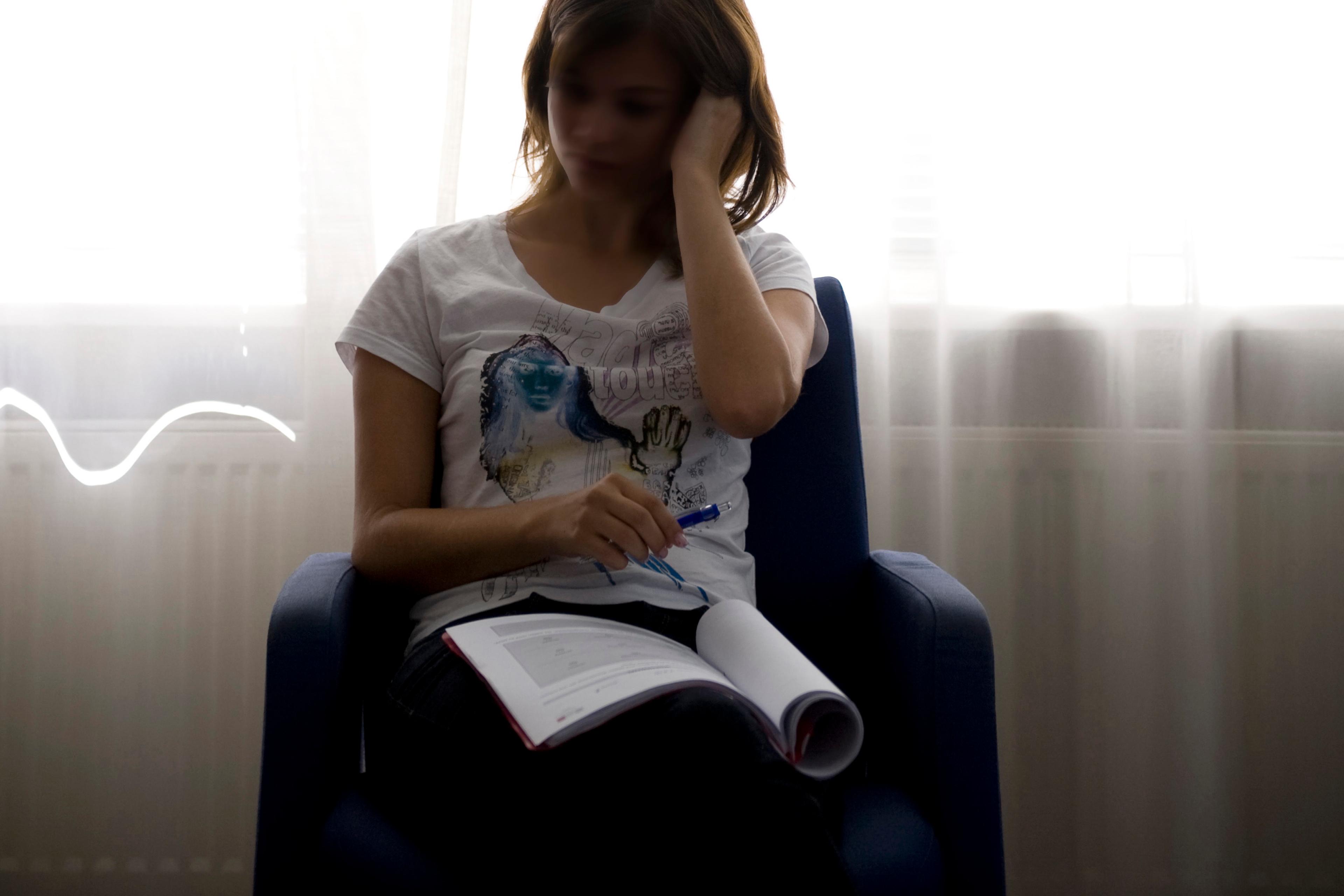In my 20s and 30s, when I saw myself in the mirror or looked at photographs, the word ‘grotesque’ would come to mind. (I’m almost 50 now, and it still does sometimes.) My mind played tricks on me, telling me I was weird and ugly. I was in constant distress.
I tried to absorb the message of body positivity, that I was just fine as I was, but it felt like a lie to think of myself as beautiful. Then I stumbled upon the idea of body neutrality – that my self-worth isn’t tied to my body at all. Now this was an idea I could get behind. This could make sense. After all, being queer and autistic, not fitting in is my superpower. Why, then, were my body-image issues so mainstream?
For those of us suffering body-image problems, the path from self-disgust to true neutrality is a journey unto itself.
Heather – blonde, curly-haired, growing up in southern California in the 1970s and ’80s – might have had a shot at fitting the ideal of white, Western beauty we’d both seen on TV. But being overweight made her feel like she was unlovable and un-want-able.
Today, she is a 48-year-old journalist who has been in eating disorder recovery for years. ‘Culture tells all of us that we’re failing at being an assigned-female-at-birth person,’ she says. She hated herself so much that, one summer before ninth grade, she had suicidal thoughts. ‘I wasn’t planning anything, but I really thought it might be better if I weren’t here.’
Heather and I both share a psychological distortion: body dysmorphia. ‘I can’t actually tell what I look like’ is how she describes it, and that is exactly how I feel too. As a child, my body was a bizarre entity quite apart from myself. I was never sure what to do with it, so I never gave it much thought. Traditional markers of femininity had never attracted me, so I was constantly misgendered. Back then, we didn’t have words like ‘nonbinary’ or ‘trans’. But then breasts made an appearance, turning my vague discomfort into full-blown distress.
This was the 1980s in middle-class urban India, where Bollywood was the gold standard of popular culture. Plus, I couldn’t escape the body-shaming at home. My father was constantly belittling my mother about her weight. As I got older, I kept hearing how I was inheriting the big backside. Self-hate was inevitable.
Body dysmorphia takes many forms. ‘Everyone can come up with something that was explicitly said to them … when they first started thinking about their body, [such as] a comment that a family member made to them,’ says Jennifer Harriger, a psychology professor at Seaver College in California, whose research focuses on body image.
But other messages are so subtle we’re not even aware that we’re being socialised to view our bodies or appearance in uneasy ways. In one study in 2019, researchers at Ohio University noticed that the messages college women recalled from their childhood as more positive were related to higher body-image satisfaction and self-esteem – but also associated with higher acceptance of rape myths, for instance, that rape is an act of passion, or happens only between strangers. The study authors suggest that, due to existing gender stereotypes and internalised sexism, these women interpreted problematic, shaming or myth-filled body messages as positive.
For many people, the damage from social messaging is severe. Jo, a 33-year-old student and part-time researcher in the city of Byblos in Lebanon, is queer and autistic. They were bullied in school, including for their appearance. ‘I remember one time, a girl coming up to me with her friends and saying … I was really ugly, and no one would ever love me … We were seven or eight.’
In their teens, Jo started feeling like they wanted to try to change the way they looked to be more accepted. After poring over women’s magazines, they tried nail polish and contact lenses, among other things. ‘I got so many compliments [which] kind of reinforced the idea [that], yes, this is a great thing. I remember my dad remarking: “Oh, thank god you lost the weight.”’
Jo could be recounting my own youth, with all those face scrubs and creams, trimming my eyebrows and growing my hair, the effort to find ‘feminine’ clothing. For two decades, I put myself through acute discomfort to alter my appearance. But it always felt wrong.
Theoretically, I understand – and Jo and Heather do too – that the impossible ideal of what bodies ought to look like had messed with our heads. Female-assigned bodies are held to impossible standards for male consumption; larger bodies are perceived as a drain on resources in society; marketing pressures us to fit our bodies into specific, often unattainable, parameters of weight and shape. Heather says that, even after being in eating disorder recovery for years: ‘I’m still trying to get rid of this idea – and I think I will for the rest of my life – that if I’m thin and beautiful people will love me.’
Then why, despite this intellectual awareness, do so many of us still hate our bodies? ‘That’s a good question,’ Harriger says, but she doesn’t have a perfect answer. ‘The majority of us grow up [believing] that the way we look is what other people are going to value about us … As we get older and are able to critically evaluate those messages, it’s still difficult to overcome the impact that they have on us.’
The body positive movement, rooted in the fat-acceptance movement of the 1960s, questions Western beliefs about the ideal body. It encourages acceptance of diverse bodies, and questions the normalisation and pursuit of unrealistic ideals. It challenges the toxic blend of sexism, racism, ableism, patriarchy and capitalism that makes us hate ourselves. We are all beautiful, irrespective of what we look like, it tells us.
The message is powerful, but it is still about how we look. This is particularly difficult for people struggling to like how their bodies look – those with chronic disease or disability, or with a history of trauma, eating disorders or body shaming.
‘Body positivity can be guilt-inducing for people who are struggling to embrace their appearance,’ Harriger says. A study from Clarkson University in New York in 2022 found that body positivity messages often miss their mark, and end up being ‘more harmful to body image’. These messages can seem controlling and antithetical to autonomy. Or, as Jo says, they mess with our heads so much that it is difficult to draw the line between what we think we should feel and want, and what we actually do.
Body neutrality, on the other hand, moves the focus from appearance altogether. ‘Actually, the way you look is the least interesting thing about you,’ says Harriger. ‘Your value comes from who you are, and not what you look like.”
The idea that our bodies might be more than what we look like feels revolutionary in its own right. But how does one get there? ‘It’s a constant struggle between being yourself and belonging,’ says Shweta, a 31-year-old woman of trans experience who works as an advertising professional in Mumbai in India.
There is an element of safety in belonging, she says, which is crucial when it comes to passing. ‘I’m [someone] who passes sometimes and sometimes doesn’t,’ she says. ‘And I’ve made peace with that … Initially, I used to decode how people see me, basing my identity on [that]. I [would] feel very sad … like my identity had been dismissed, but now I think I’ve grown a thick skin about it. [While] I don’t want to conform to traditional beauty standards, there’s a part of me that wants to … belong.’
Body neutrality shifts from being forced to love what you look like to accepting and appreciating what your body can do for you, writes the London-based psychotherapist Amy Launder on her website: ‘Where body positivity aimed to help everyone feel beautiful in their own skin, body neutrality aims to move away from beauty being the only inherent value in the body.’
For those of us on the queer/trans spectrum, there is a bizarre dichotomy of being at once trapped within social expectations but also free from them. ‘As a queer person … I had already failed because I wasn’t interested in men,’ says Heather. ‘So it freed me up to explore some stuff.’
‘Liberating’ is the term Jo uses. ‘It was like, OK, maybe I’m not attractive to men. So what? They’re not my only option … In lesbian and bi communities, there were a lot of fat people and they were not having any trouble finding dates. They were very desirable.’ Yet shedding that male gaze that Jo internalised for years has been hard.
‘We all swim in a toxic soup,’ says Heather. ‘We all still live in patriarchy, are all indoctrinated into the belief that … we need to be small, and not take up space. We’re unlearning that through feminism, through journalism, through queerness.’ And some of us reclaim that space in our different ways, while continuing to swim in that toxic soup.
Embracing body neutrality doesn’t mean dismissing body positivity. Body positivity has helped Heather retrain her brain from the fat-phobic thinking she was taught: ‘Yeah, everybody is beautiful,’ she says. ‘But body neutrality … is more like, not that everybody is beautiful, but everybody is.’
For me, discovering body neutrality allowed me to acknowledge the fraught relationship between myself and my body. I’d been saying I loved it, but I never believed it. Therefore, admitting that I will never love it feels like a step towards freeing my self-worth from what I look like. I don’t want to love my body or hate it. What I would like is to be able to acknowledge it as a site of survival.
It is a journey, and it won’t be a smooth ride. Because, as Jo says: ‘They’ll keep creating new things for us to worry about. Like thigh gaps.’
